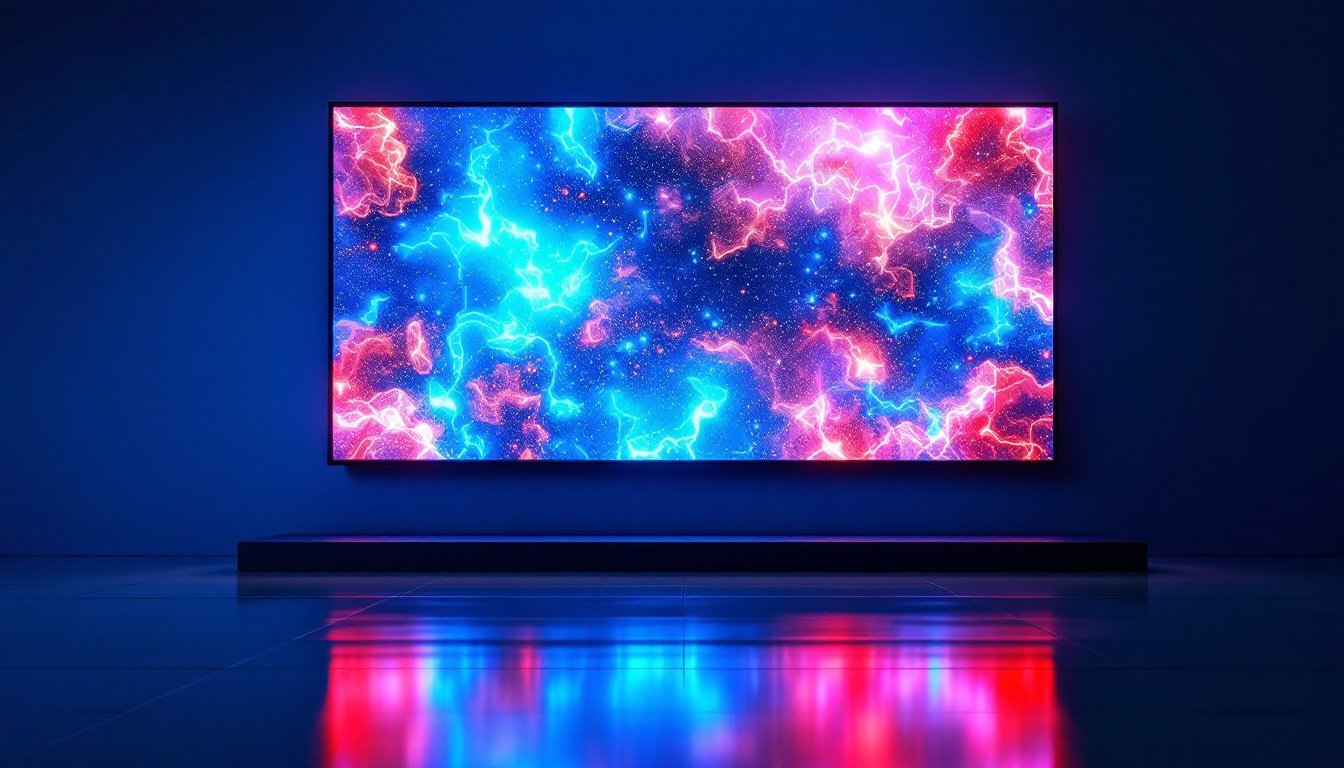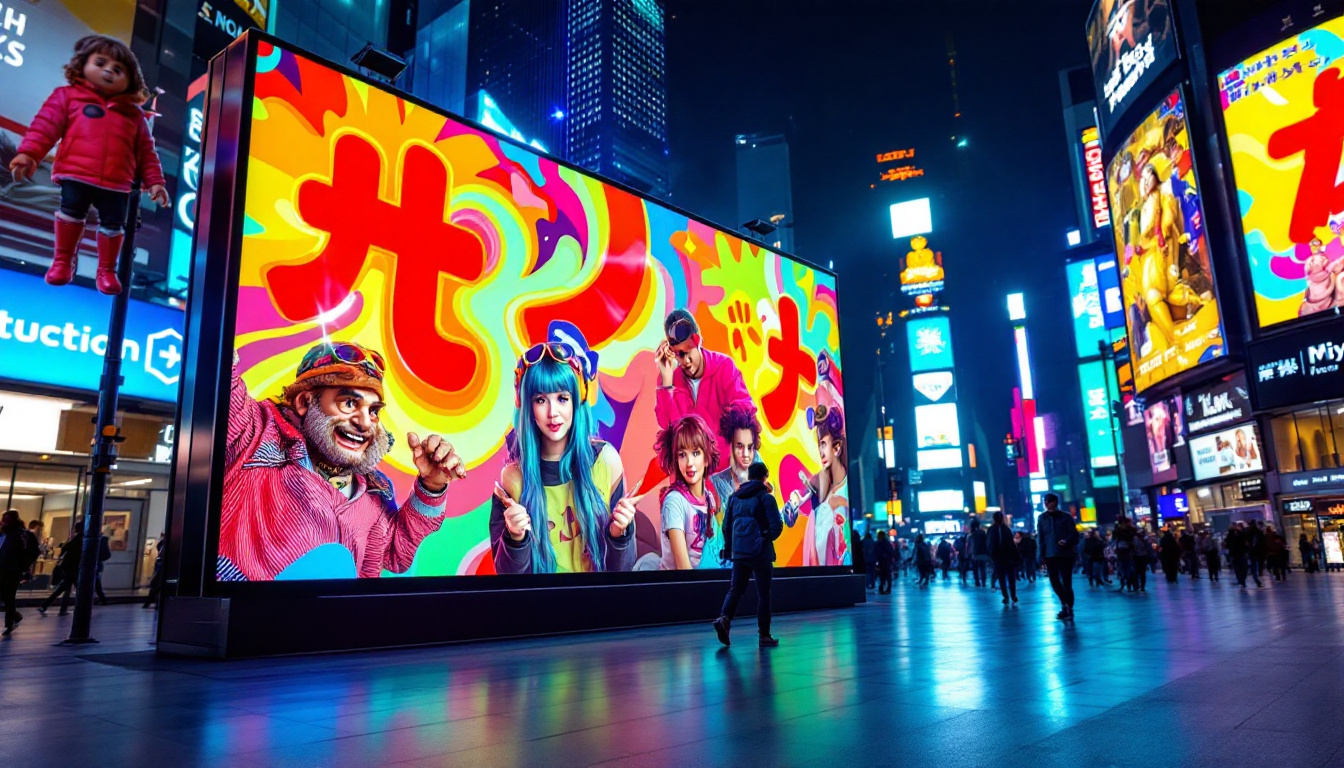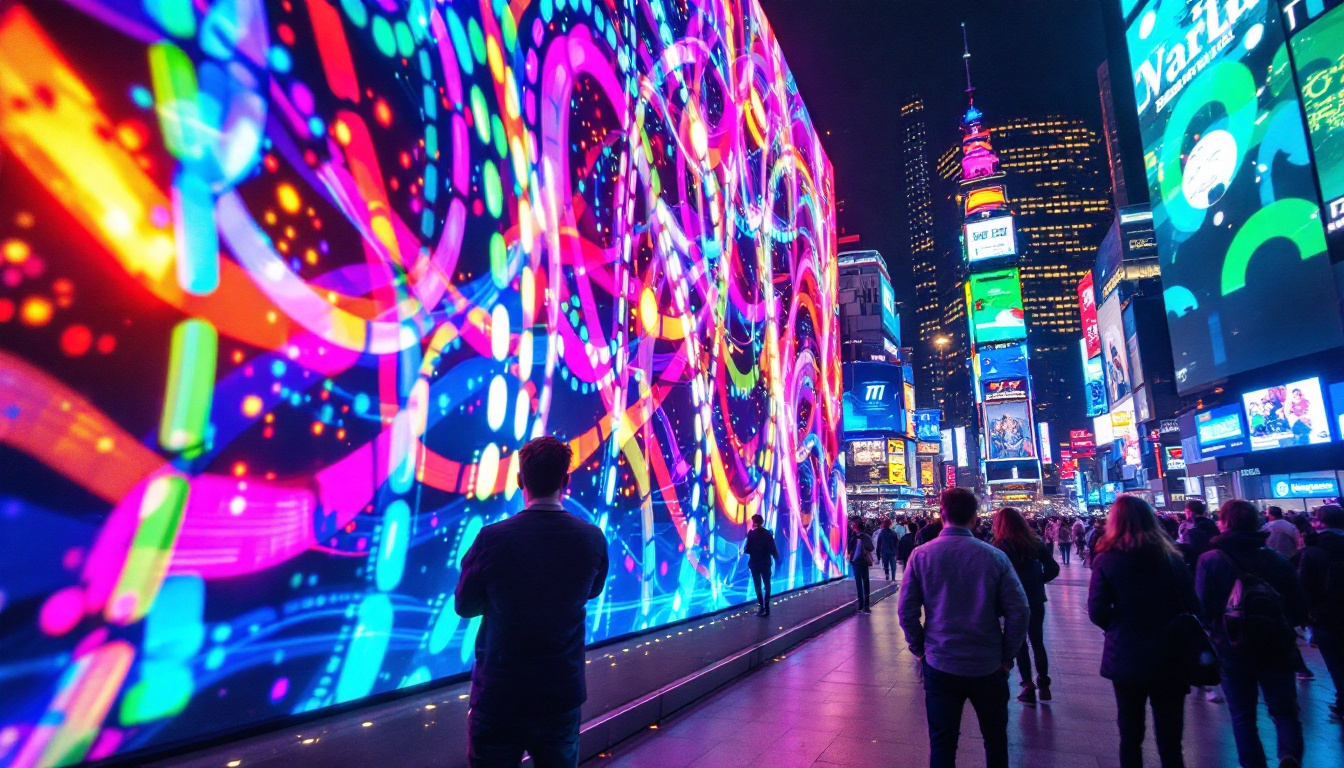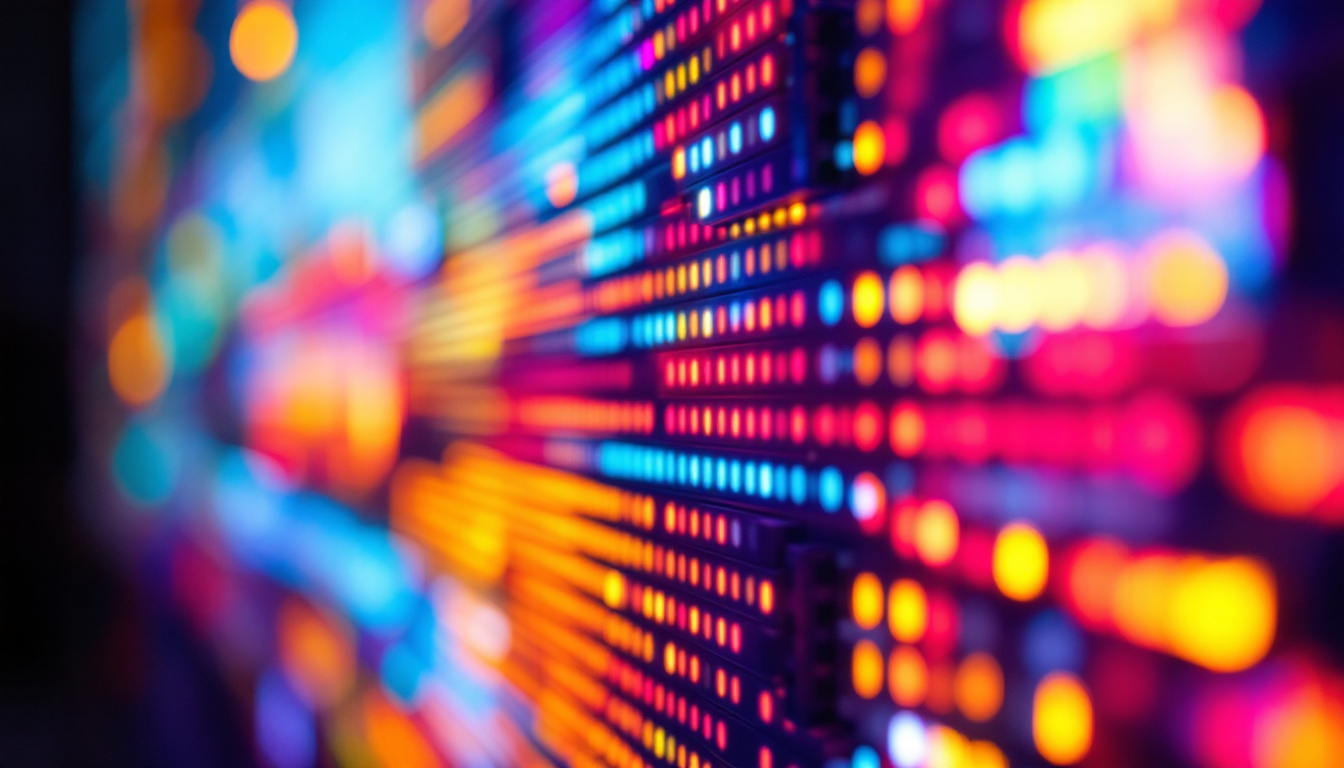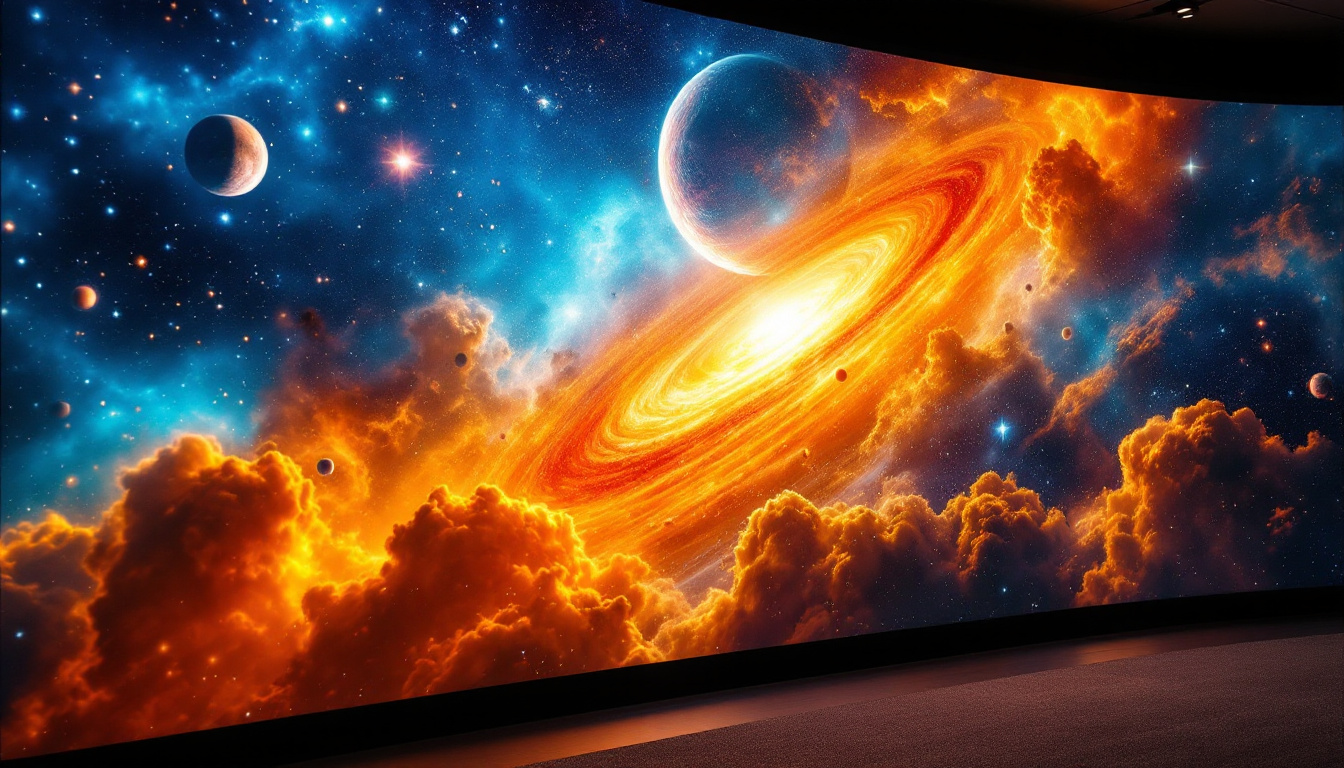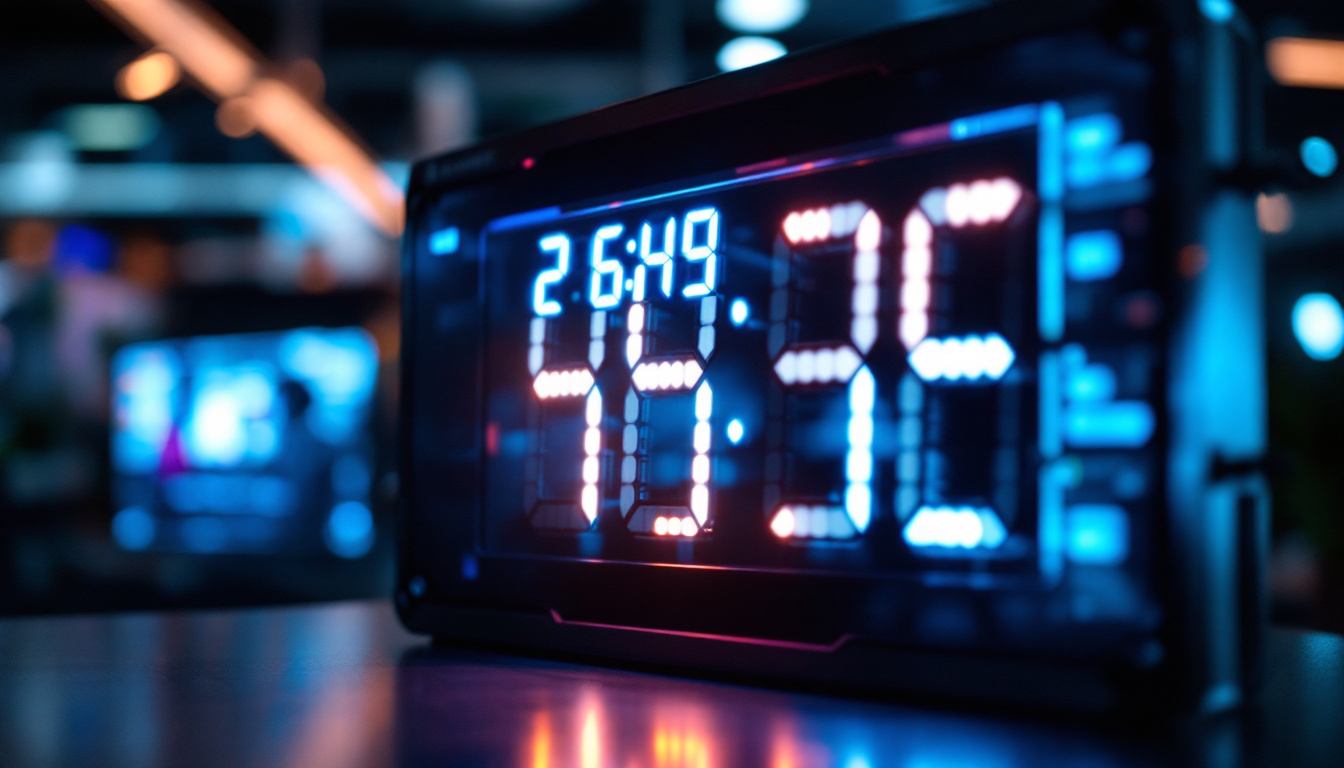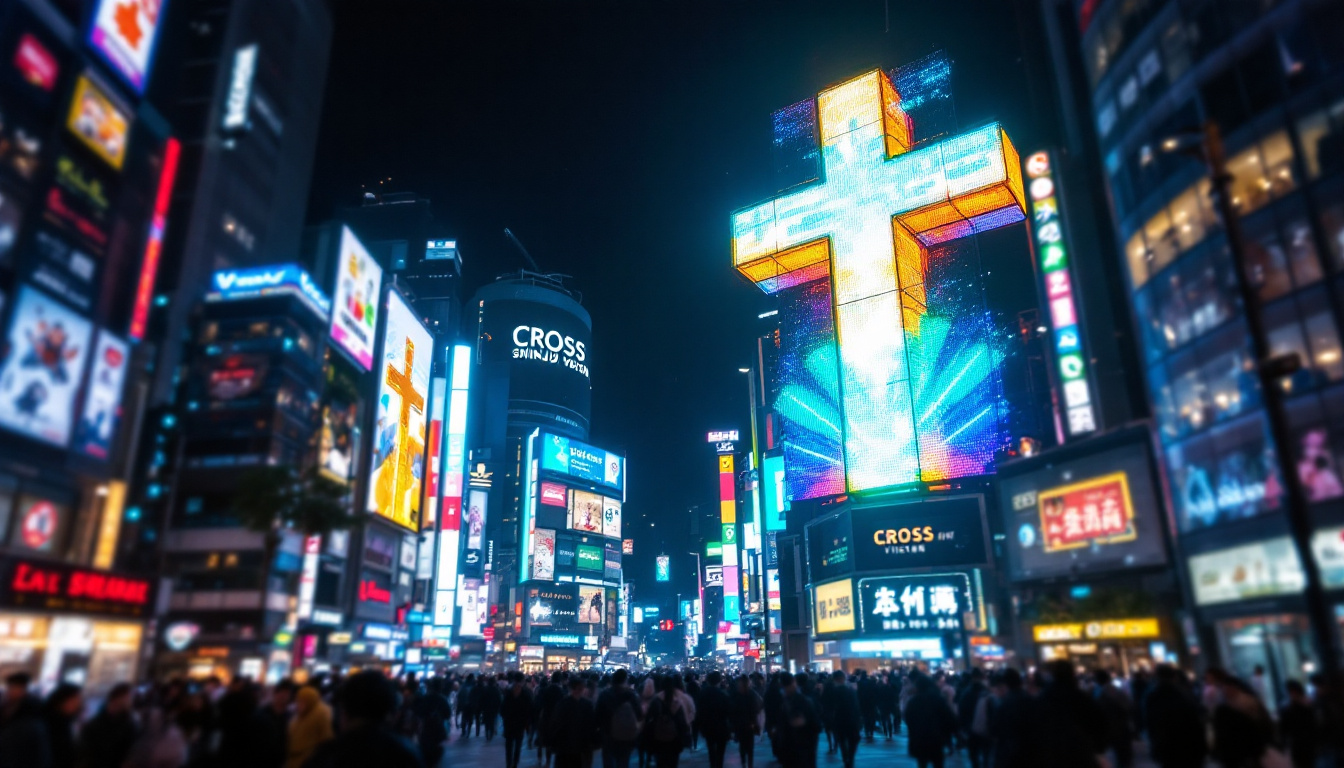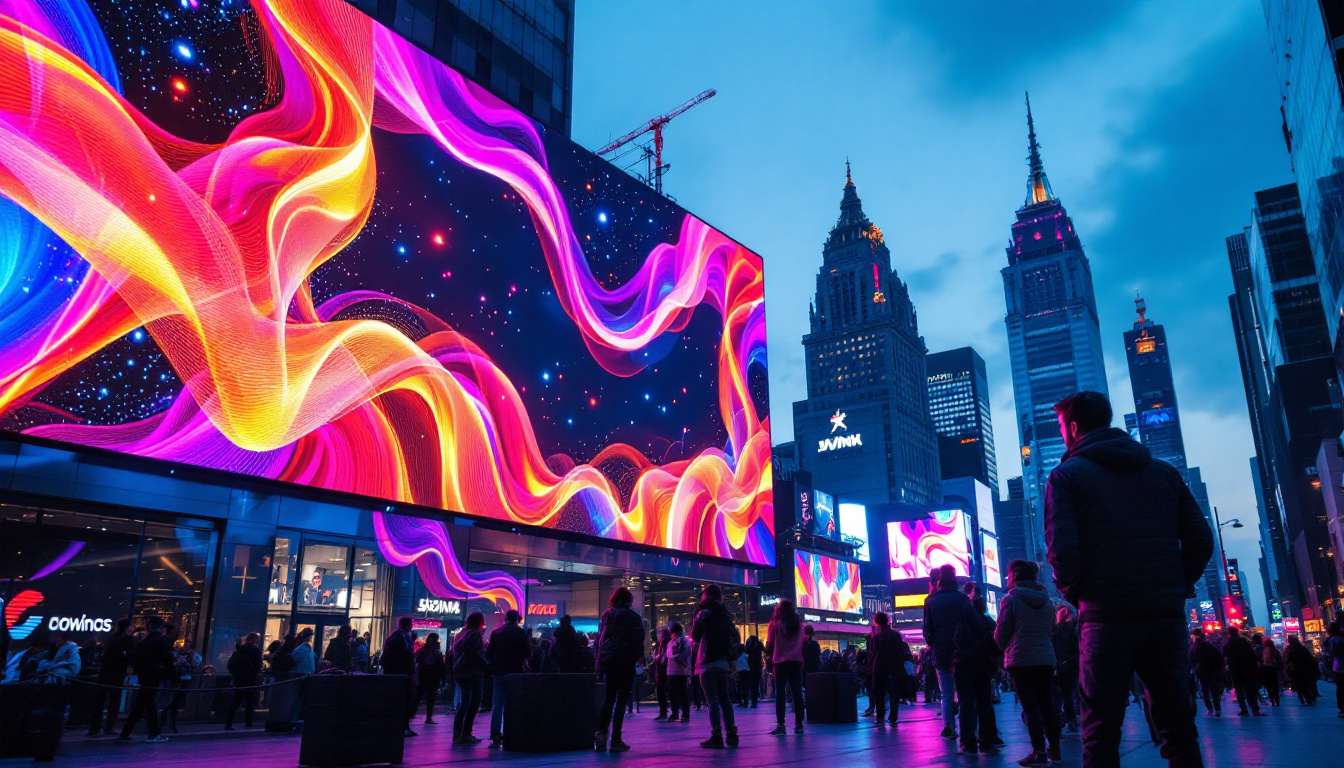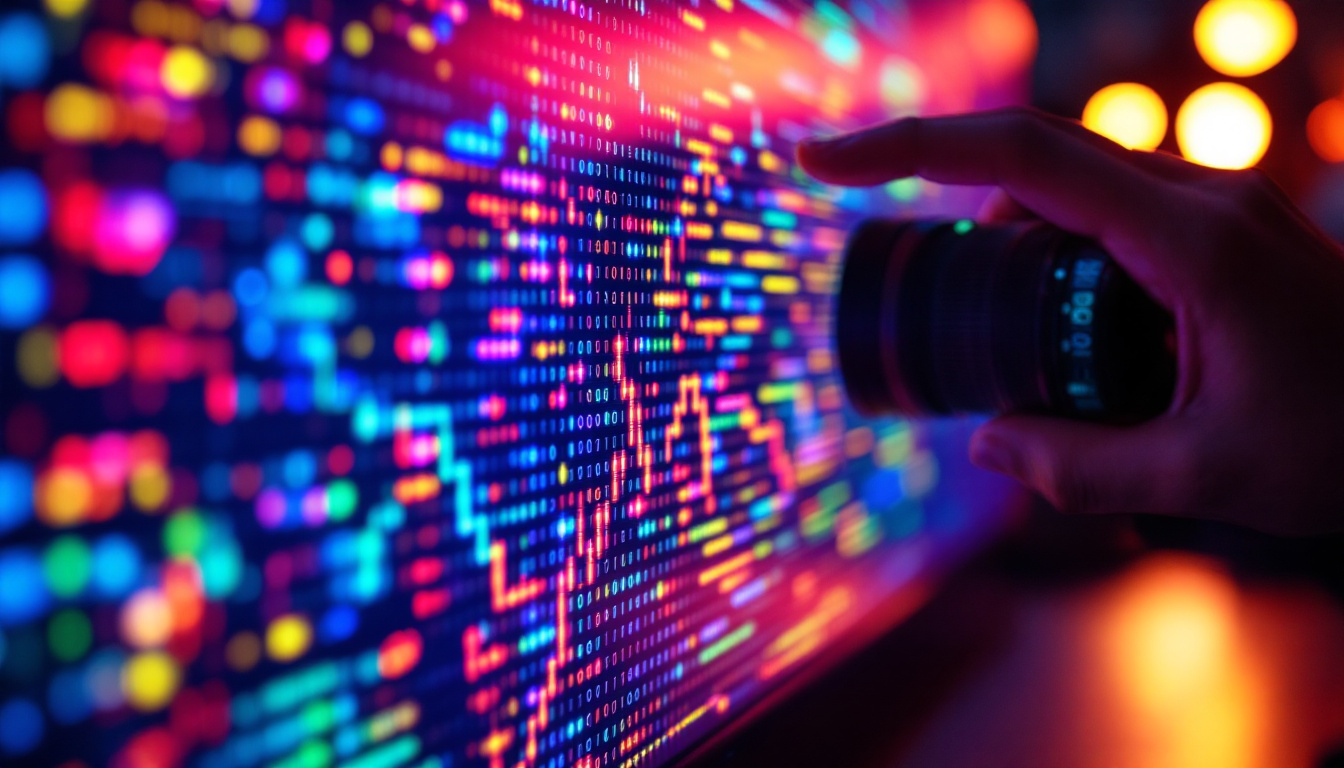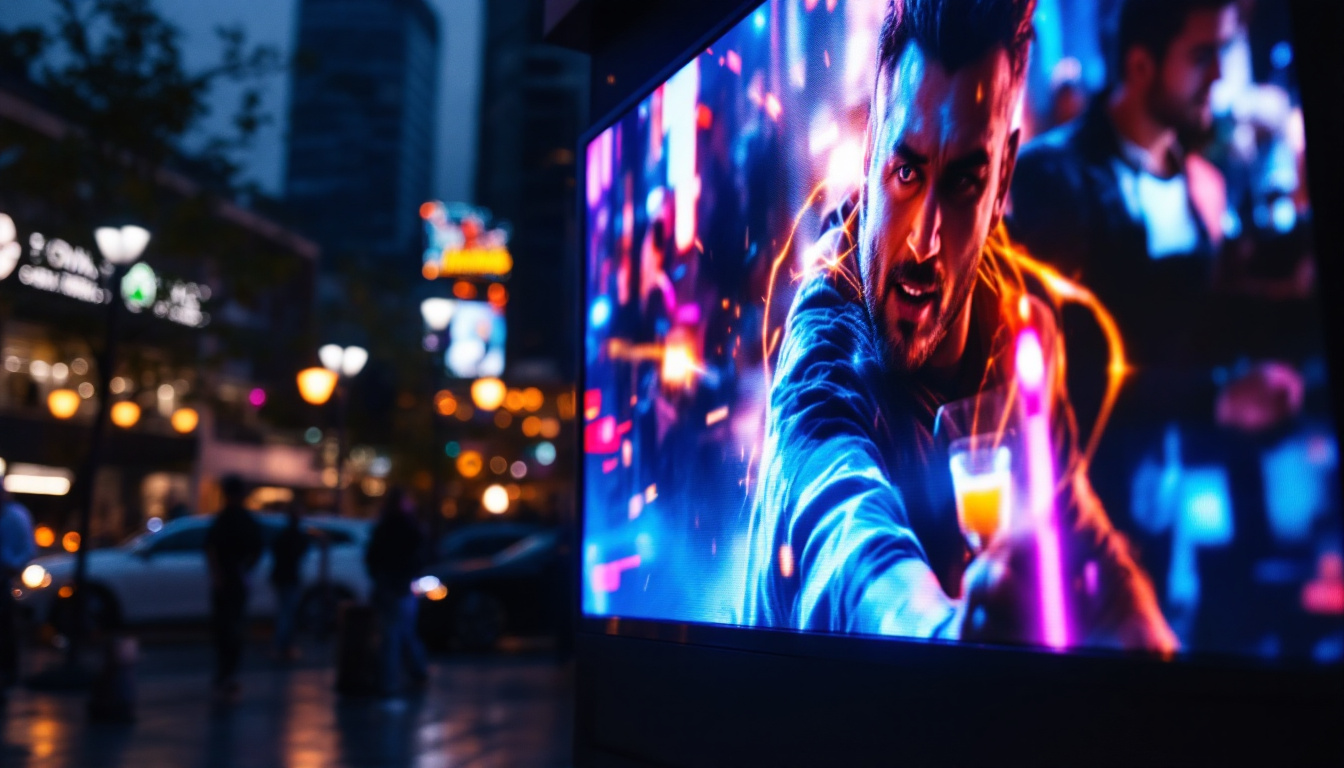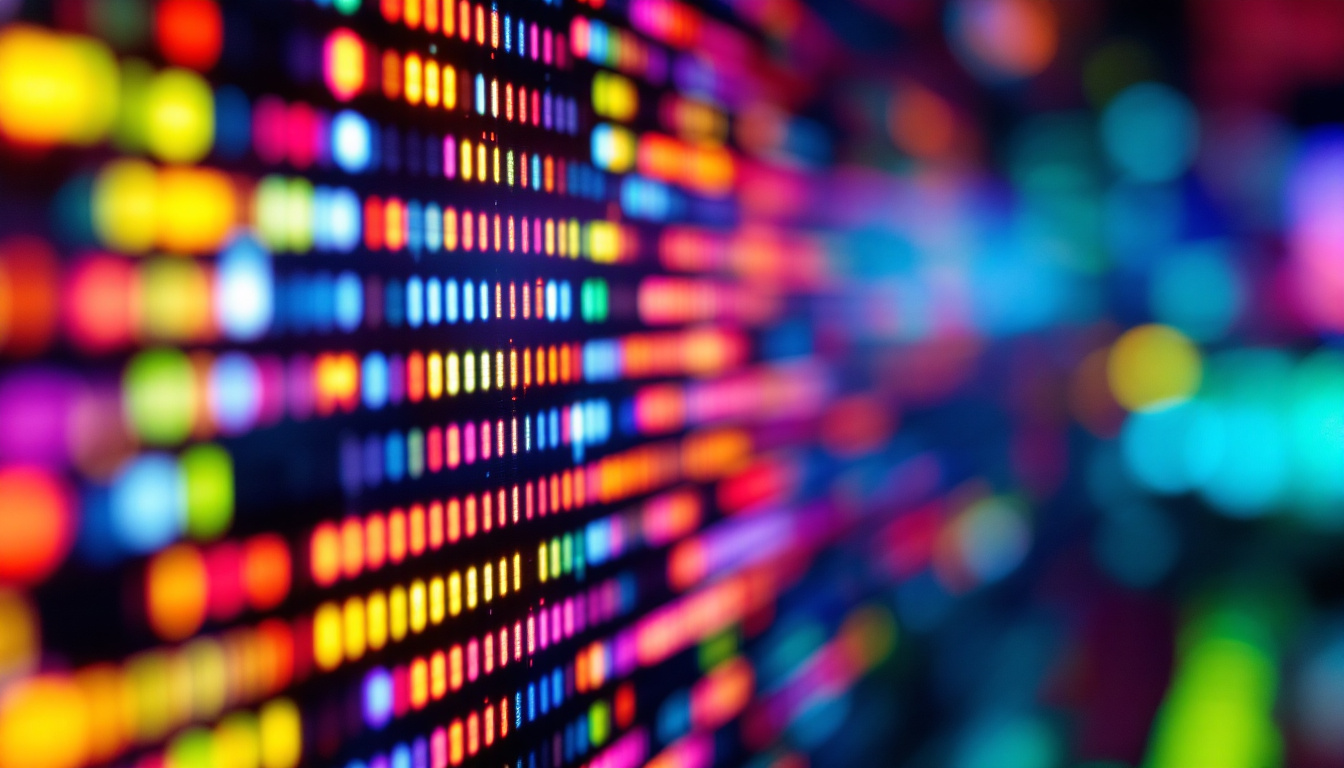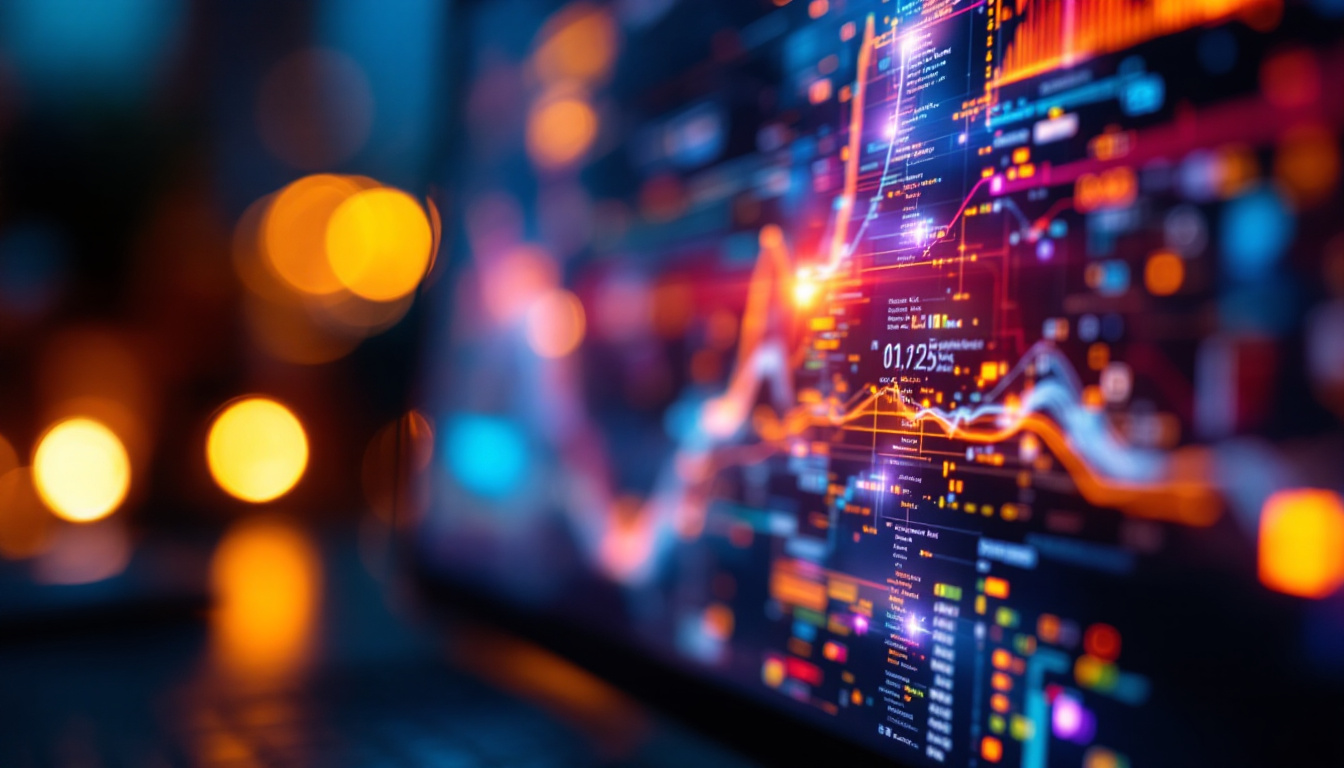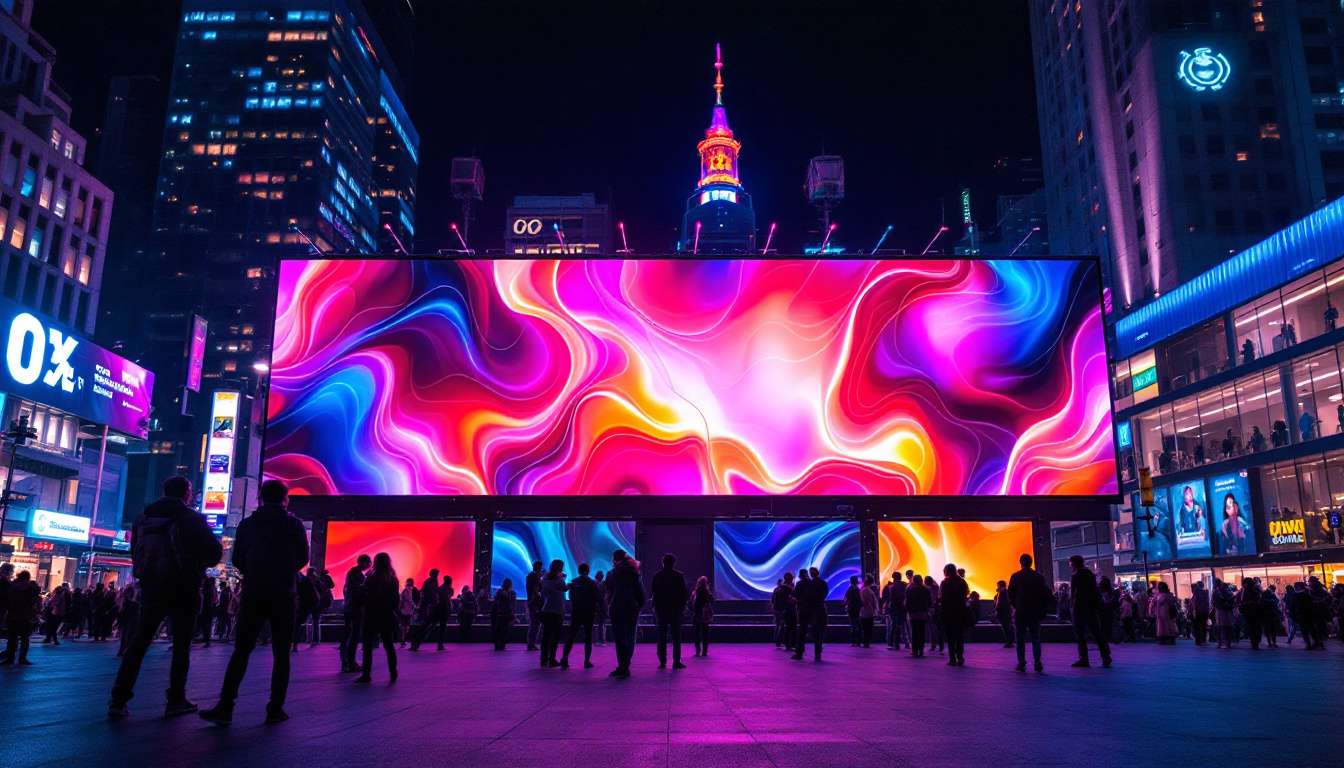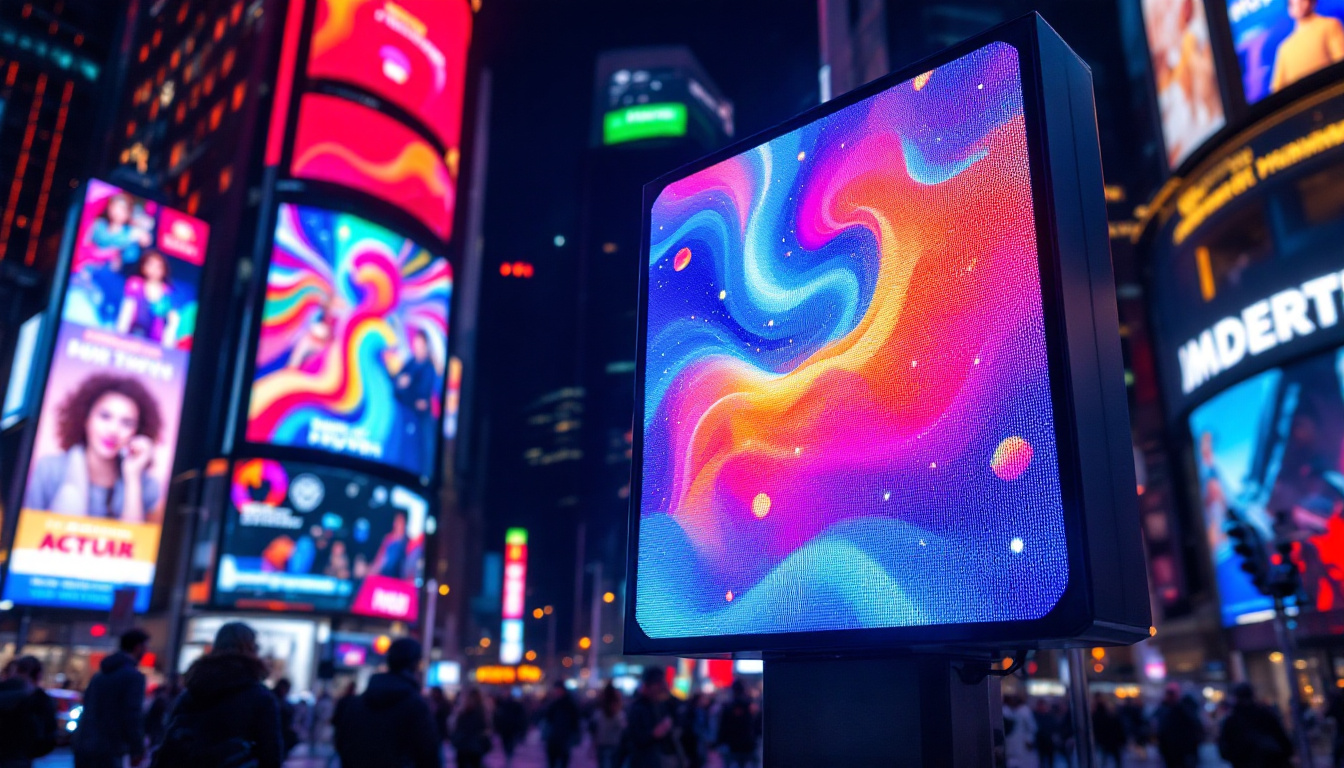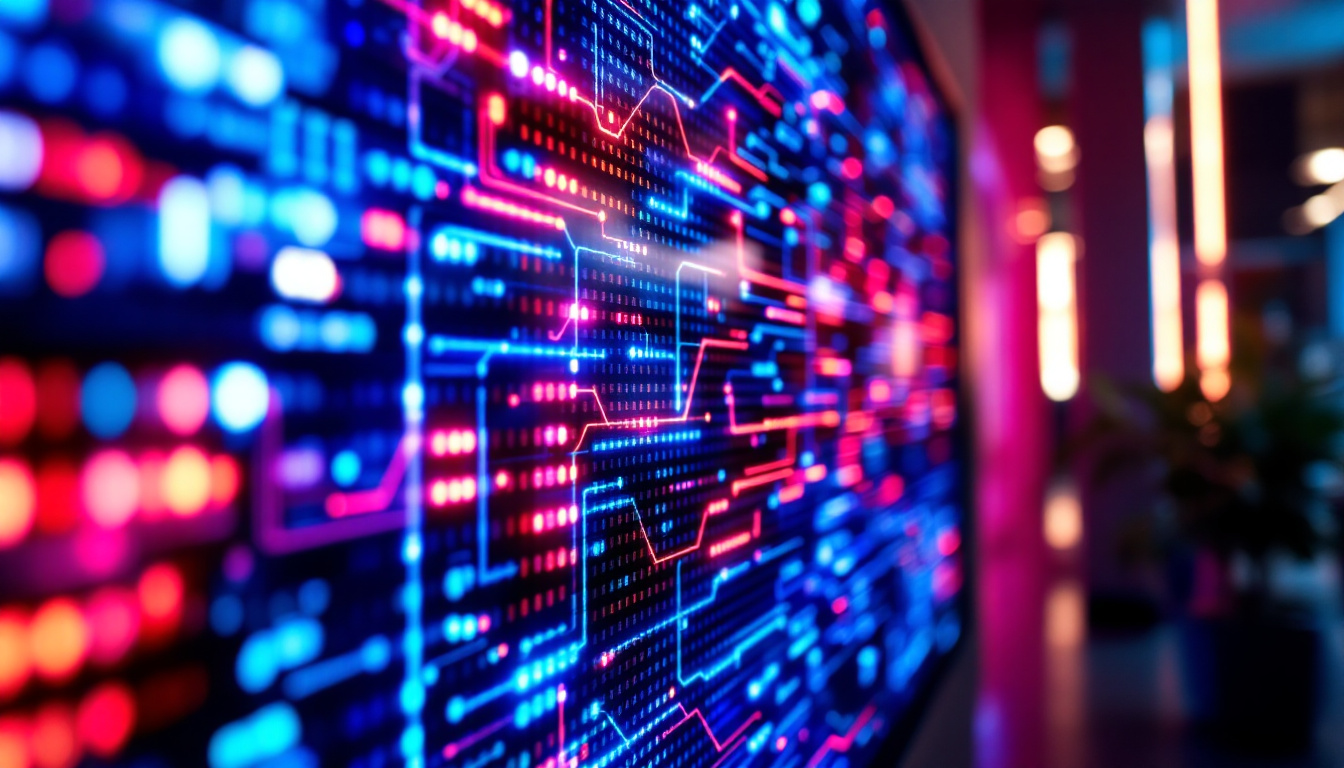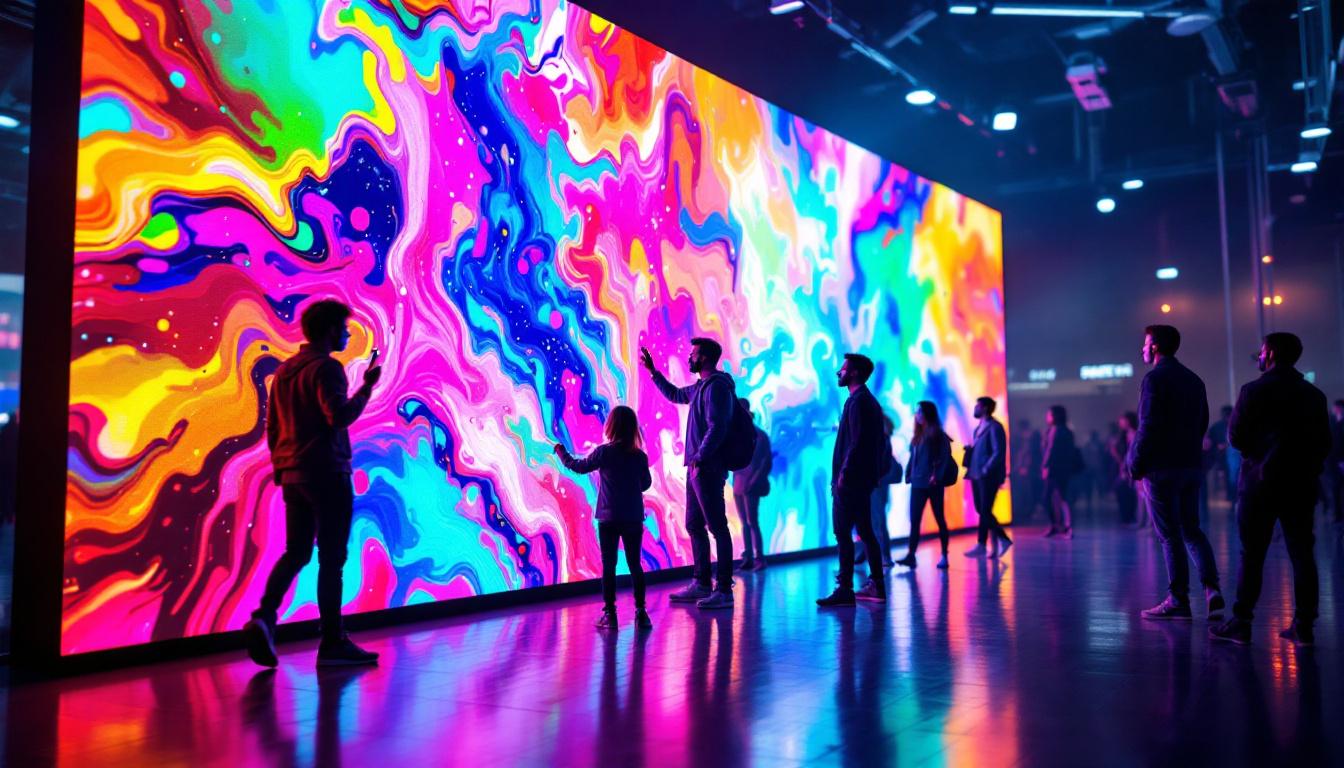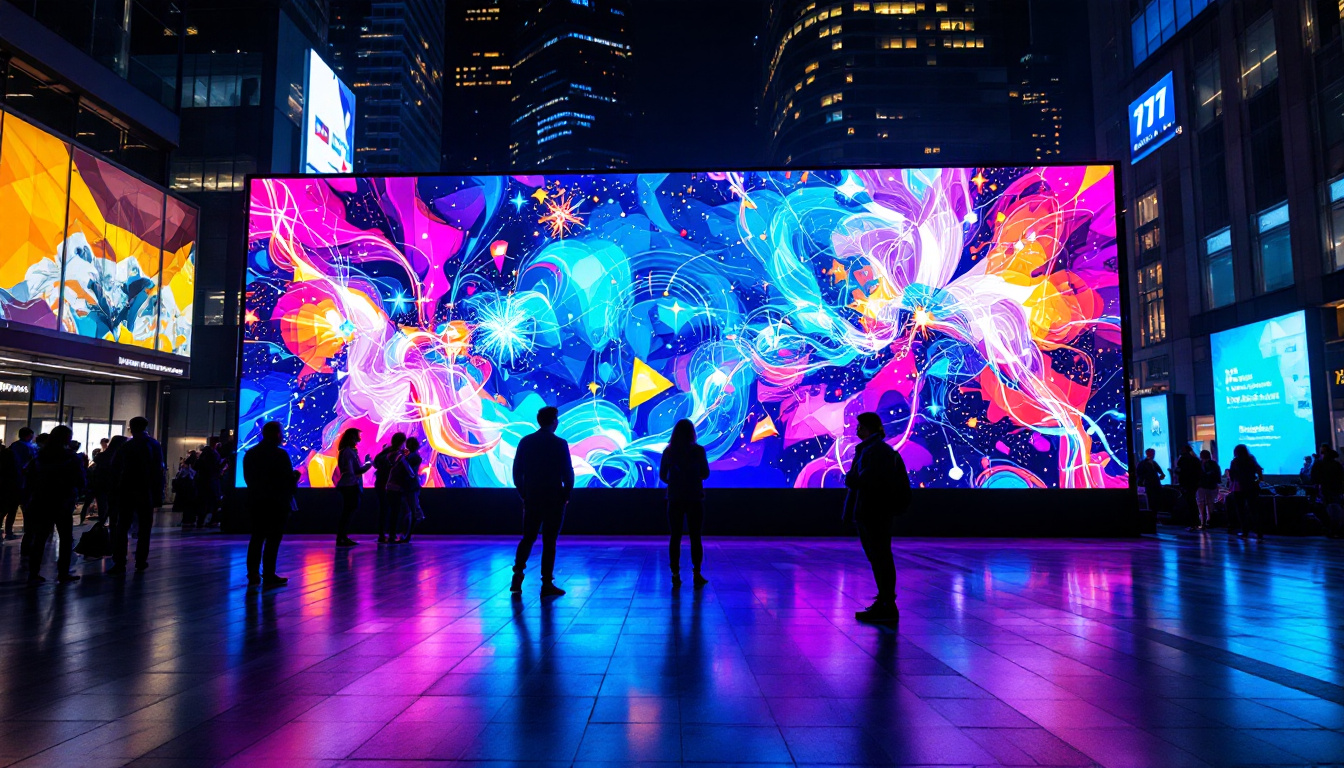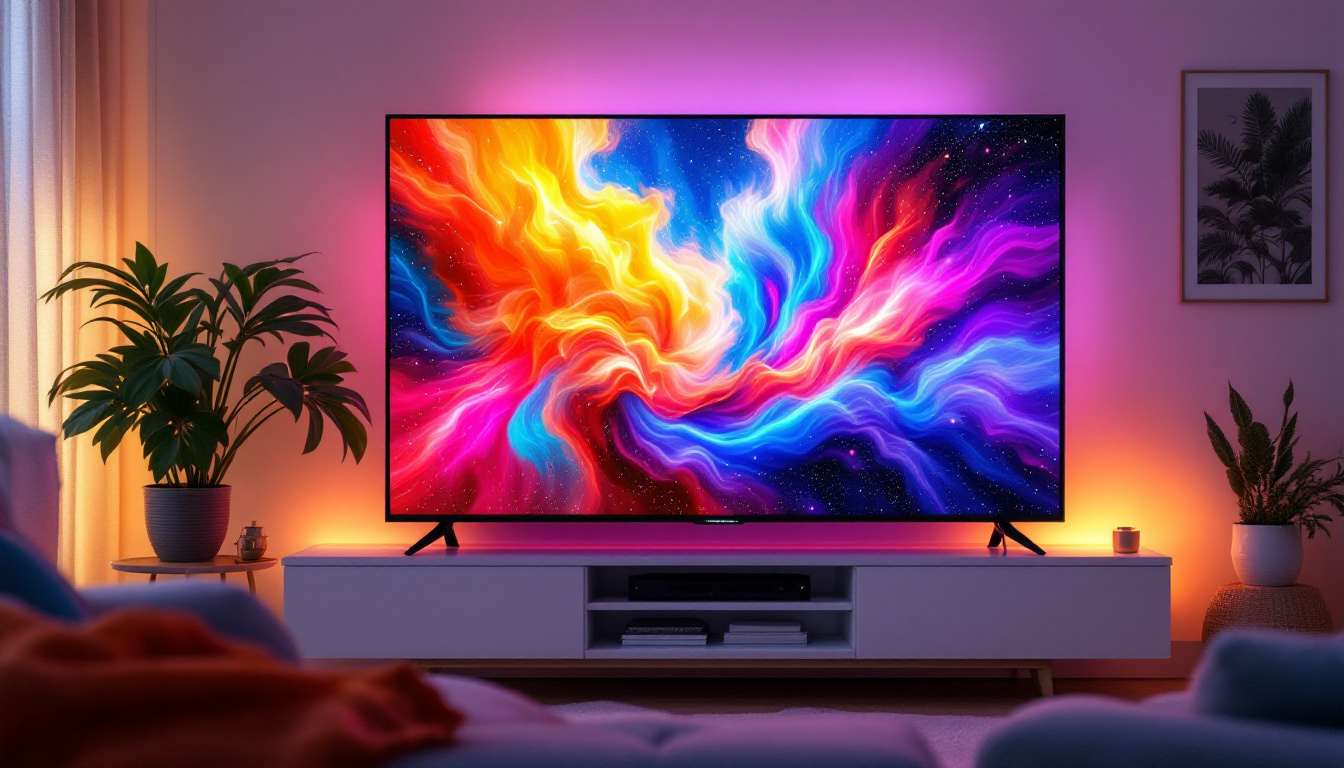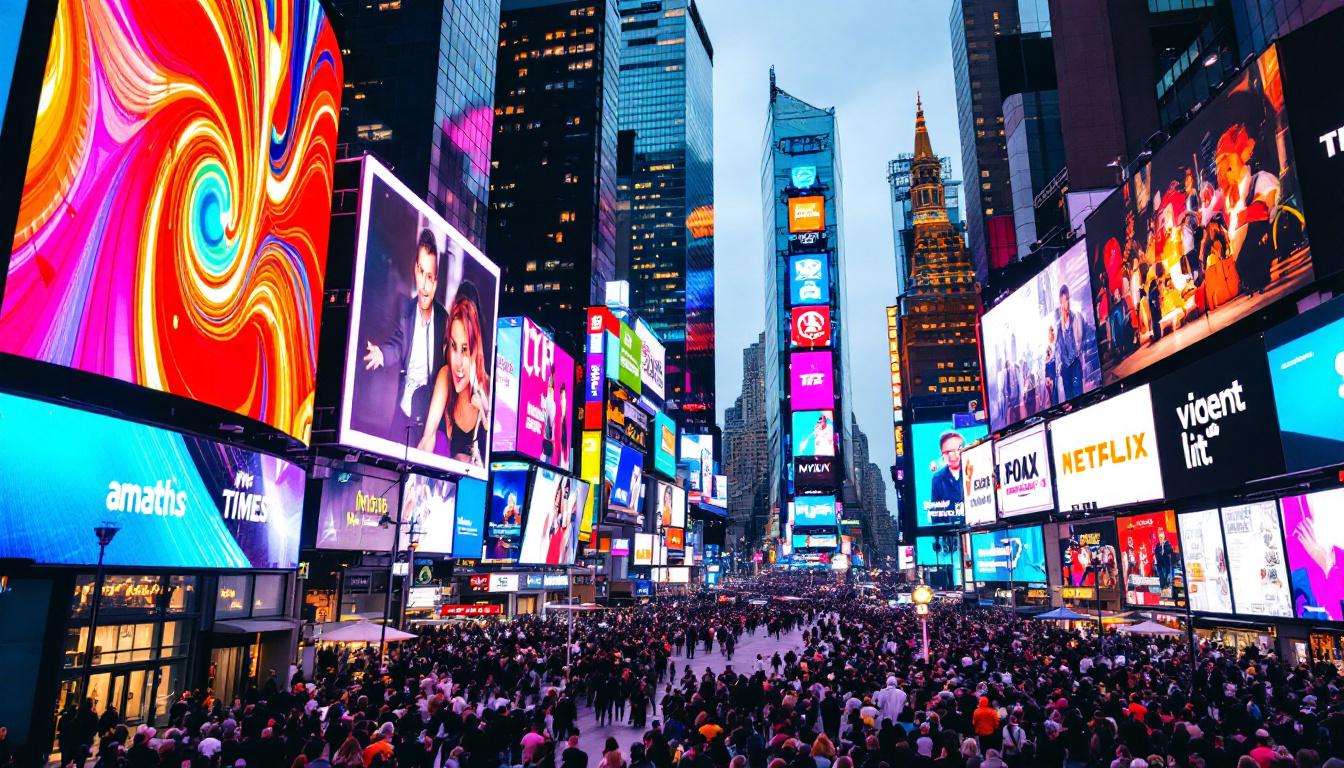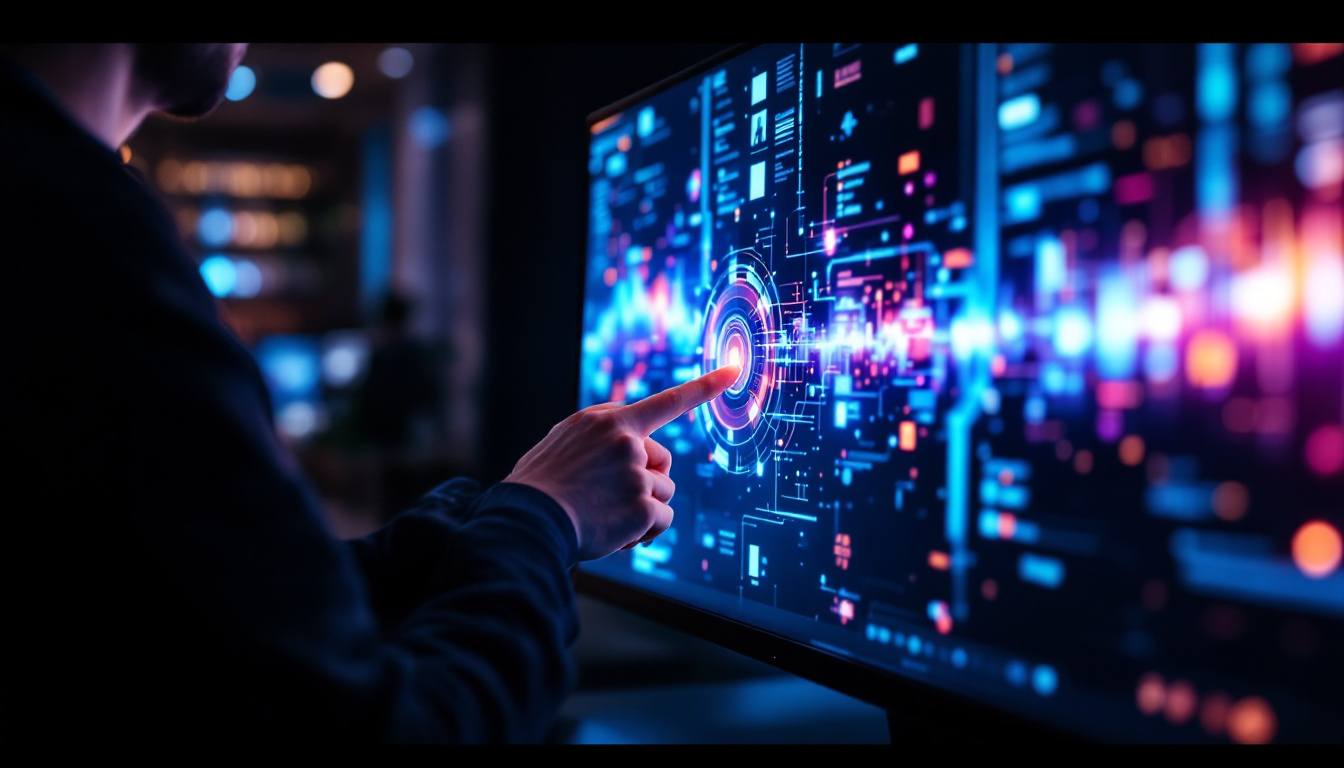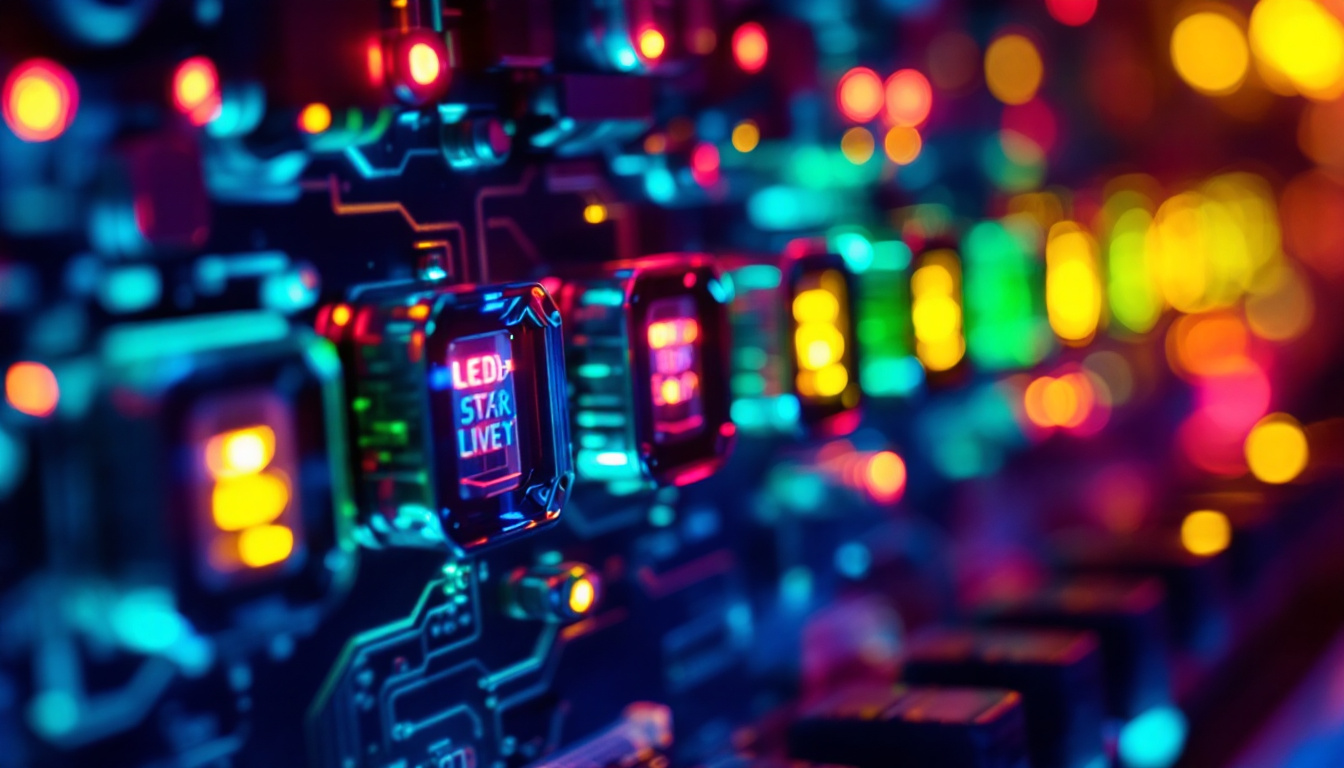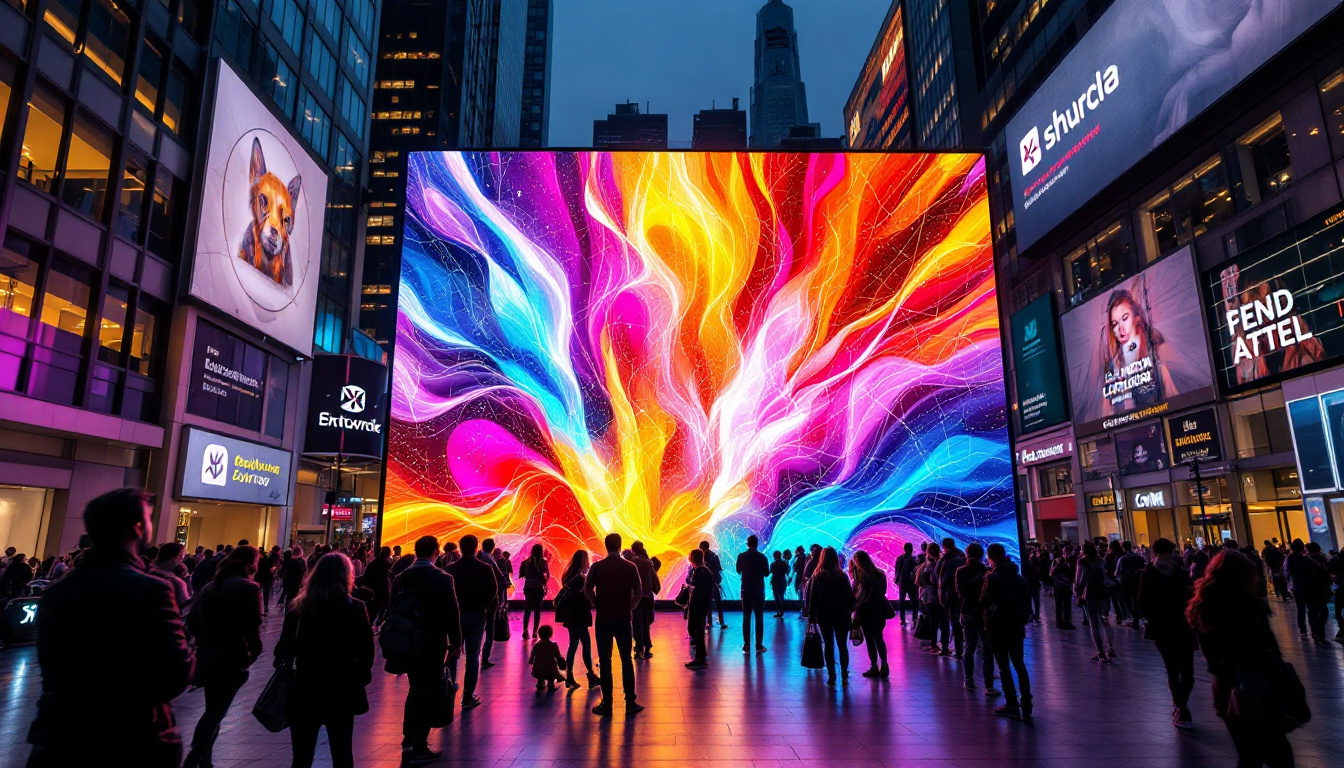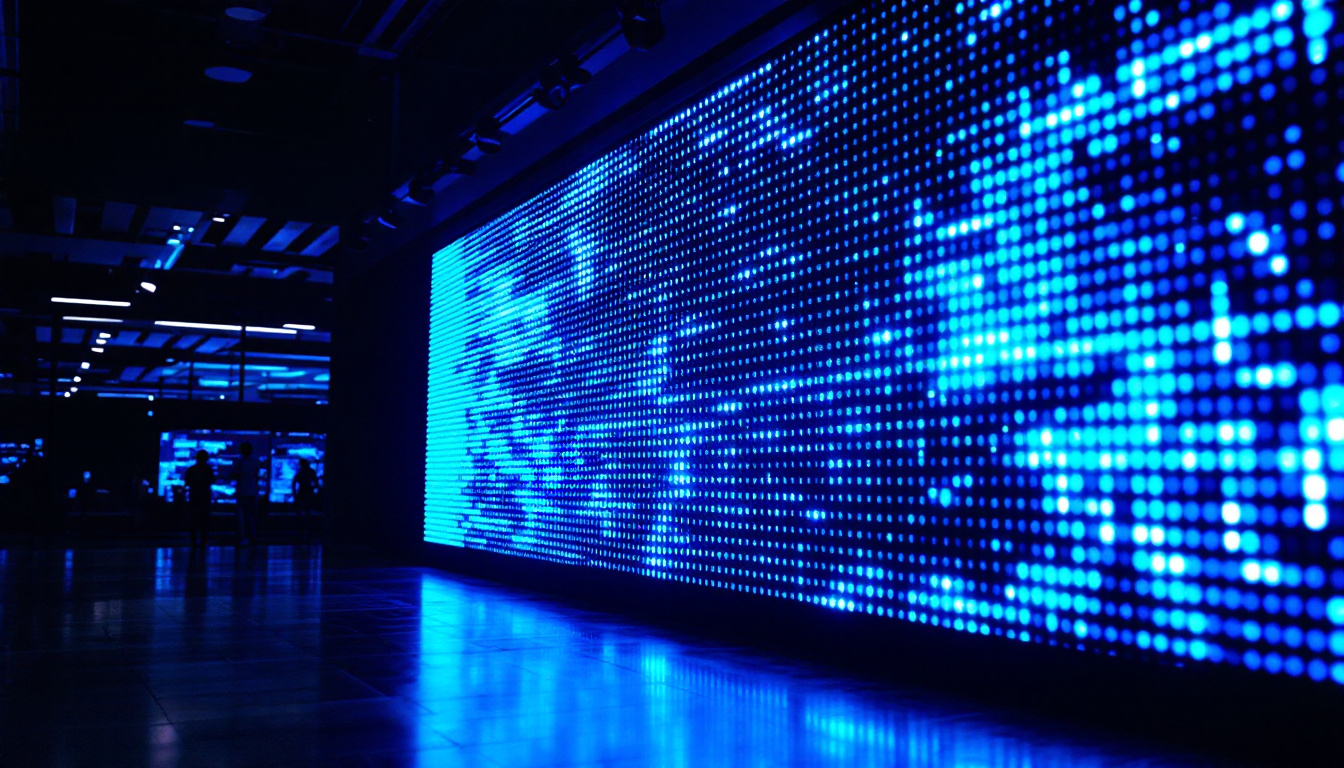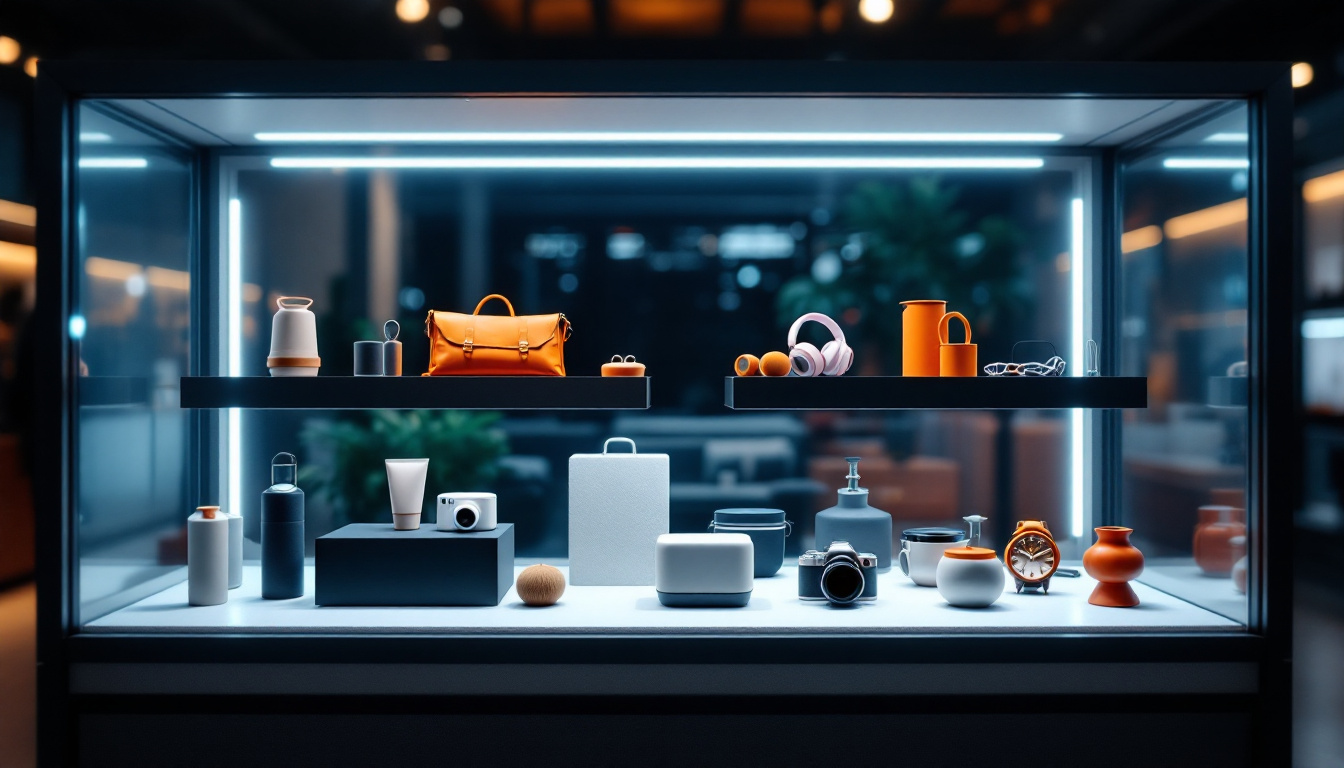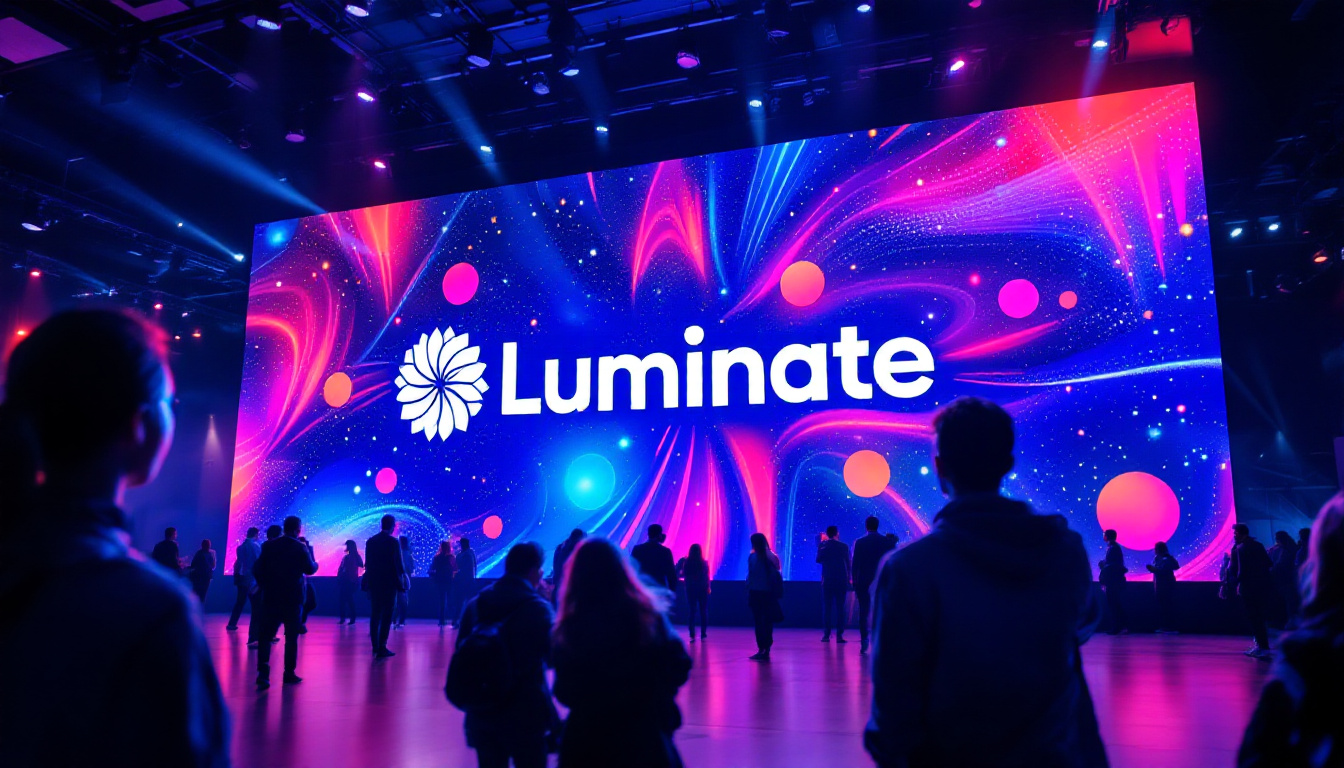In today’s fast-paced digital world, the demand for high-quality visual displays has surged. Among the various technologies available, LED displays stand out for their clarity, brightness, and versatility. This article delves into the intricacies of large clear display boxes, focusing on LED technology, its applications, advantages, and how it has transformed the way information is presented.
Understanding LED Technology
Light Emitting Diode (LED) technology has revolutionized the display industry, offering a range of benefits over traditional display methods. At its core, an LED display consists of numerous small diodes that emit light when an electric current passes through them. This fundamental principle allows for vibrant colors and sharp images. The efficiency of LED technology not only enhances visual appeal but also significantly reduces energy consumption compared to older technologies like incandescent and fluorescent lighting. This energy efficiency translates into lower operating costs and a smaller carbon footprint, making LEDs an environmentally friendly choice.
How LED Displays Work
LED displays work by combining red, green, and blue (RGB) diodes to create a full spectrum of colors. Each pixel is made up of these three diodes, which can be adjusted in intensity to produce various shades. The ability to control each pixel individually leads to exceptional image quality and brightness. Furthermore, advancements in LED technology have introduced features such as high dynamic range (HDR) and enhanced color accuracy, allowing for a more immersive viewing experience. These developments have made LED displays the preferred choice for everything from home theaters to professional broadcasting studios.
Moreover, LED displays can be categorized into two main types: direct view and backlit. Direct view displays are composed of individual LED modules that form the entire screen, while backlit displays use LEDs to illuminate an LCD panel from behind. Both types have unique applications and benefits, making them suitable for different environments. Direct view displays, for instance, are often used in large-scale installations like stadiums and concerts, where their brightness and clarity can captivate large audiences. In contrast, backlit displays are commonly found in consumer electronics such as televisions and computer monitors, where they provide a balance of performance and cost-effectiveness.
Types of LED Displays
There are several types of LED displays, each designed for specific uses. Some of the most common types include:
- Indoor LED Displays: These displays are typically used in shopping malls, airports, and conference centers. They offer high resolution and brightness, making them ideal for close viewing. Indoor displays often feature advanced technologies like pixel pitch optimization, allowing for clearer images even in crowded spaces.
- Outdoor LED Displays: Built to withstand harsh weather conditions, outdoor displays are often used for billboards and large advertising screens. They are designed for visibility from a distance and feature higher brightness levels. Many outdoor models also incorporate protective coatings and robust housing to ensure longevity and reliability in various climates.
- Transparent LED Displays: These innovative displays allow for a see-through effect while still providing vibrant visuals. They are commonly used in retail environments to showcase products behind the screen. The transparency of these displays not only enhances aesthetic appeal but also enables creative marketing strategies, allowing businesses to engage customers in unique ways.
Additionally, there are specialized LED displays such as flexible LED screens, which can be bent or shaped to fit unconventional spaces, and interactive LED displays that respond to touch or gestures, creating engaging experiences for users. As technology continues to evolve, the versatility and applications of LED displays are expected to expand even further, paving the way for new innovations in visual communication.
Applications of Large Clear Display Boxes
The versatility of LED displays has led to their adoption across various industries. Their ability to convey information clearly and attractively makes them a popular choice for businesses and organizations. Here are some prominent applications:
Advertising and Marketing
One of the most significant uses of large clear display boxes is in advertising. Retailers and businesses utilize LED displays to showcase promotions, new products, and brand messages. The dynamic nature of LED technology allows for eye-catching animations and videos that can capture the attention of potential customers.
Moreover, outdoor LED billboards have become a staple in urban environments, providing advertisers with a platform to reach a broad audience. The high brightness and clarity of these displays ensure that messages remain visible even in direct sunlight.
Events and Entertainment
In the realm of events and entertainment, large LED displays are indispensable. Concerts, sports events, and exhibitions often feature massive screens that enhance the audience’s experience. These displays can show live feeds, graphics, and interactive content, creating an immersive atmosphere.
Additionally, event organizers can utilize LED screens for branding purposes, displaying sponsors’ logos and promotional content throughout the event. This not only enhances the visual appeal but also provides valuable advertising opportunities.
Public Information Systems
LED displays are also widely used in public information systems, such as transportation hubs and municipal buildings. Train stations and airports employ large clear display boxes to provide real-time updates on schedules, delays, and other essential information.
The clarity and visibility of LED displays ensure that critical information is communicated effectively, helping to improve the overall experience for travelers. Furthermore, these displays can be updated remotely, allowing for quick changes to information as needed.
Advantages of LED Displays
The popularity of LED displays can be attributed to several key advantages that set them apart from traditional display technologies. Understanding these benefits can help businesses and organizations make informed decisions when investing in display solutions.
High Brightness and Clarity
One of the most significant advantages of LED displays is their exceptional brightness. LED technology allows for high luminance levels, making these displays visible in various lighting conditions, including direct sunlight. This feature is particularly beneficial for outdoor applications, where visibility is crucial.
Additionally, the clarity of LED displays ensures that images and text are sharp and easily readable. This is especially important in advertising and public information systems, where conveying information quickly and effectively is essential.
Energy Efficiency
Energy efficiency is another compelling reason to choose LED displays. Compared to traditional display technologies, LED displays consume significantly less power. This not only reduces operational costs but also contributes to environmental sustainability.
Furthermore, many LED displays are equipped with advanced technology that allows for automatic brightness adjustment based on ambient light conditions. This feature optimizes energy consumption while maintaining optimal visibility.
Longevity and Durability
LED displays are known for their longevity and durability. With a lifespan that can exceed 100,000 hours, these displays require minimal maintenance and replacement. This durability makes them a cost-effective investment for businesses, as they do not need to worry about frequent replacements.
Additionally, many LED displays are designed to withstand harsh environmental conditions, making them suitable for outdoor use. Their robust construction ensures that they can endure exposure to rain, wind, and extreme temperatures.
Challenges and Considerations
While LED displays offer numerous advantages, there are also challenges and considerations that potential users should be aware of. Understanding these factors can help in making informed decisions regarding display technology.
Initial Costs
The initial investment for LED displays can be higher than that of traditional display technologies. This upfront cost may deter some businesses from making the switch. However, it is essential to consider the long-term benefits, such as reduced energy consumption and maintenance costs, which can offset the initial expenditure over time.
Moreover, the prices of LED technology have been steadily decreasing as the market matures, making it more accessible for a wider range of applications.
Content Management
Another challenge associated with LED displays is content management. To maximize the effectiveness of an LED display, businesses must regularly update and manage the content being displayed. This requires a dedicated team or software solutions to ensure that the content remains fresh and relevant.
Investing in content management systems can streamline this process, allowing for easy updates and scheduling of content. This investment is crucial for businesses looking to leverage the full potential of their LED displays.
Future Trends in LED Display Technology
The LED display industry is continuously evolving, with new technologies and trends emerging regularly. Staying informed about these developments can help businesses and organizations remain competitive in their respective fields.
Advancements in Resolution
As technology progresses, the resolution of LED displays continues to improve. Higher pixel densities enable the creation of ultra-high-definition (UHD) displays, providing even greater clarity and detail. This trend is particularly relevant for applications where image quality is paramount, such as in broadcasting and high-end advertising.
Moreover, advancements in microLED technology are paving the way for displays that offer improved color accuracy and contrast ratios, further enhancing the viewing experience.
Integration with Smart Technology
Another significant trend is the integration of LED displays with smart technology. As the Internet of Things (IoT) continues to grow, LED displays are becoming more connected and interactive. This integration allows for real-time data updates, audience engagement, and personalized content delivery.
For instance, retailers can use smart LED displays to showcase targeted advertisements based on customer demographics or preferences, enhancing the overall shopping experience.
Conclusion
Large clear display boxes utilizing LED technology have transformed the way information is presented across various industries. Their high brightness, clarity, and energy efficiency make them an attractive option for businesses looking to enhance their visual communication.
While there are challenges to consider, the long-term benefits of LED displays often outweigh the initial costs. As technology continues to evolve, staying informed about the latest trends and advancements will be crucial for businesses aiming to leverage the full potential of LED displays.
In a world where visual impact is paramount, embracing LED technology can provide a competitive edge, ensuring that messages are not only seen but also resonate with audiences effectively.
Discover LumenMatrix’s Innovative LED Solutions
Ready to elevate your visual communication with the latest in LED technology? LumenMatrix offers a comprehensive range of LED display modules designed to bring your brand to life. From Indoor and Outdoor LED Walls to specialized solutions like Vehicle Displays, LED Posters, and Transparent Displays, our products are crafted to captivate and engage your audience. Experience the future of digital signage with LumenMatrix and transform your message into an unforgettable visual journey. Check out LumenMatrix LED Display Solutions today and see the difference innovation can make.

